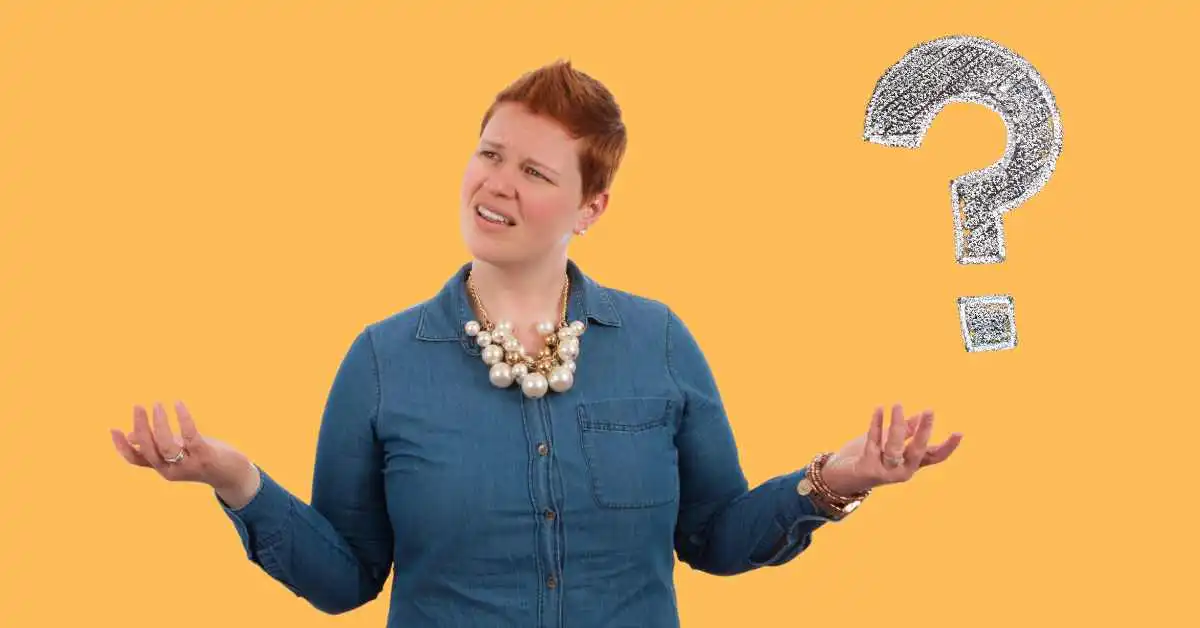Organic or Paid Traffic which one is best for You?
Choosing the right strategy to drive traffic to your website can feel like navigating a labyrinth, especially with a myriad of options at your disposal. The two main contenders for this digital race are organic and paid traffic. Your choice between these two largely depends on your business goals, budget, timeline, and the nature of your industry. In this blog post, we'll delve into the pros and cons of each, and how you can leverage them depending on your specific scenario.
| Feature | Organic Traffic | Paid Traffic |
|---|---|---|
| Cost | Free | Paid |
| Control | Less control | More control |
| Targeting | Less targeted | More targeted |
| Speed | Slow | Fast |
| Relevance | More relevant | Less relevant |
| Conversions | Lower conversion rate | Higher conversion rate |
| ROI | Lower ROI | Higher ROI |
| Sustainability | More sustainable | Less sustainable |
Organic Traffic: Slow and Steady
First, let's talk about organic traffic. This is the type of traffic that comes to your website through a search engine like Google, but not via paid ads. The primary tool to increase organic traffic is Search Engine Optimization (SEO).
Pros of Organic Traffic
1. Long-term Results: Organic traffic might take a while to build, but it's like a snowball - it can provide stable, long-term results. Once your website begins to rank for certain keywords, it can hold its position for a considerable period.
2. Trust and Credibility: Users tend to trust organic search results more than paid ads. High organic rankings imply that your website is a reliable source of information, which can significantly enhance your brand's reputation.
3. Cost-Effective: Organic traffic is virtually free. Though it demands time and resources for creating quality content and optimizing your website, you aren't paying for each click or impression.
Cons of Organic Traffic
1. Time-consuming: SEO isn't a magic wand. It can take several months, sometimes even a year, to see significant results from your SEO efforts, which might not be feasible if you need immediate results.
2. Competitive: Climbing up the ranks for organic search can be tough, especially for highly competitive keywords.
Paid Traffic: Fast and Targeted
Paid traffic, on the other hand, refers to visitors landing on your website through paid advertising, primarily via platforms like Google Ads or social media advertising.
Pros of Paid Traffic
1. Immediate Results: Unlike organic traffic, paid ads can start driving traffic to your site almost instantly. This is particularly beneficial for new businesses or time-sensitive offers.
2. Targeting: Paid advertising platforms provide sophisticated targeting options. You can reach customers based on their demographics, interests, location, and more, ensuring your ads are seen by those most likely to be interested in your product or service.
Cons of Paid Traffic
1. Cost: As the name suggests, paid traffic isn't free. You'll be paying for each click or impression, which can add up quickly, especially if you're in a highly competitive industry.
2. Trust Issues: Some users are skeptical about paid ads and may prefer to click on organic results.
Case Study: Balancing Organic and Paid Traffic
To illustrate the potential of these strategies, let's consider a hypothetical case of a startup company that sells handmade jewelry.
In the initial phase, the company opts for paid traffic to quickly generate awareness and drive immediate sales. They run targeted ads on social media platforms, focusing on users interested in handmade and sustainable products.
After a few months, they start investing in SEO to generate organic traffic. They launch a blog on their website, producing valuable content about handmade jewelry, sustainability in fashion, and style guides. This content is tailored to attract and engage their target audience, gradually improving their organic search rankings.
Over time, their organic traffic grows, and they start to see a steady influx of visitors from their SEO efforts. They continue to use paid ads, but they now have a more balanced traffic portfolio, becoming less reliant on paid strategies.
In this scenario, both organic and paid strategies proved beneficial. The paid traffic provided immediate results, helping the company get off the ground, while the organic traffic contributed to establishing a sustainable, long-term strategy.
Conclusion: It's Not an Either/Or Decision
In the end, deciding between organic and paid traffic isn't about choosing one over the other. It's about understanding your business needs, assessing your resources, and strategically employing each method where it makes the most sense. A balanced combination of both organic and paid traffic strategies can help your business grow in a sustainable way, capitalizing on the strengths of each approach.
Remember, a well-planned marketing strategy is always flexible and responsive to changes in your business environment. So, don't be afraid to reassess and tweak your approach as your business evolves. Always keep your goals in sight, and let them guide your decisions.


